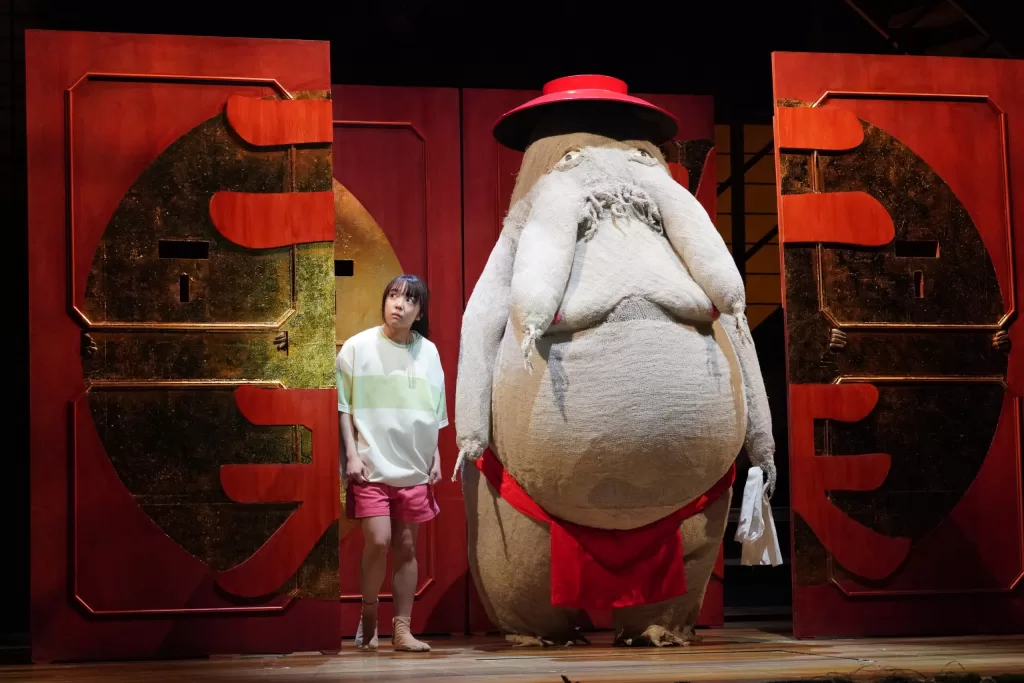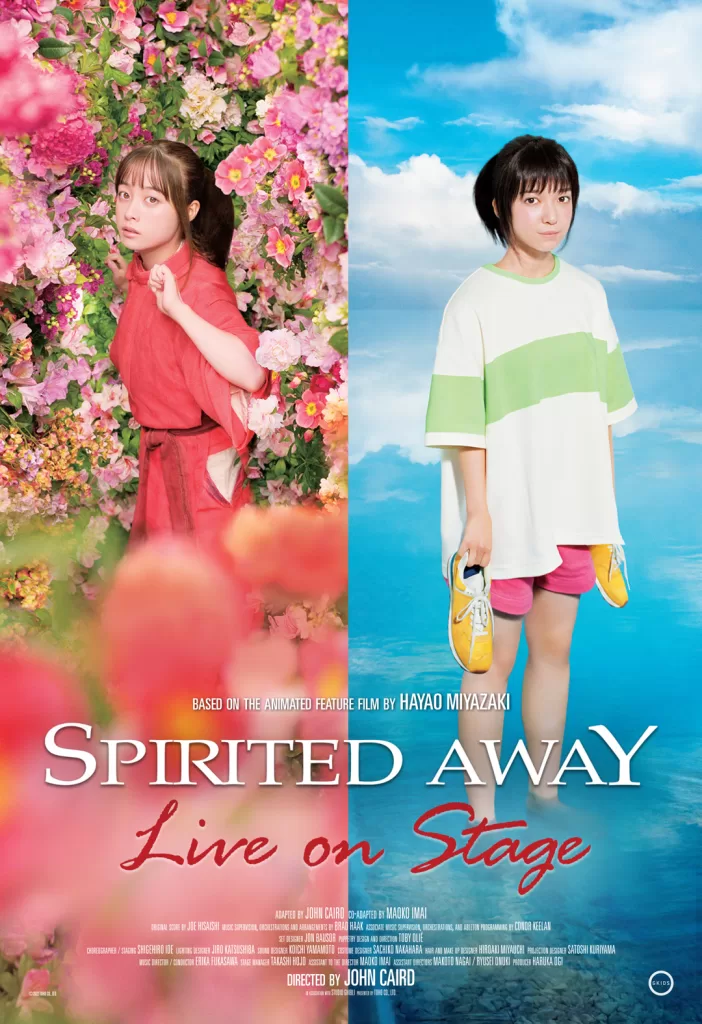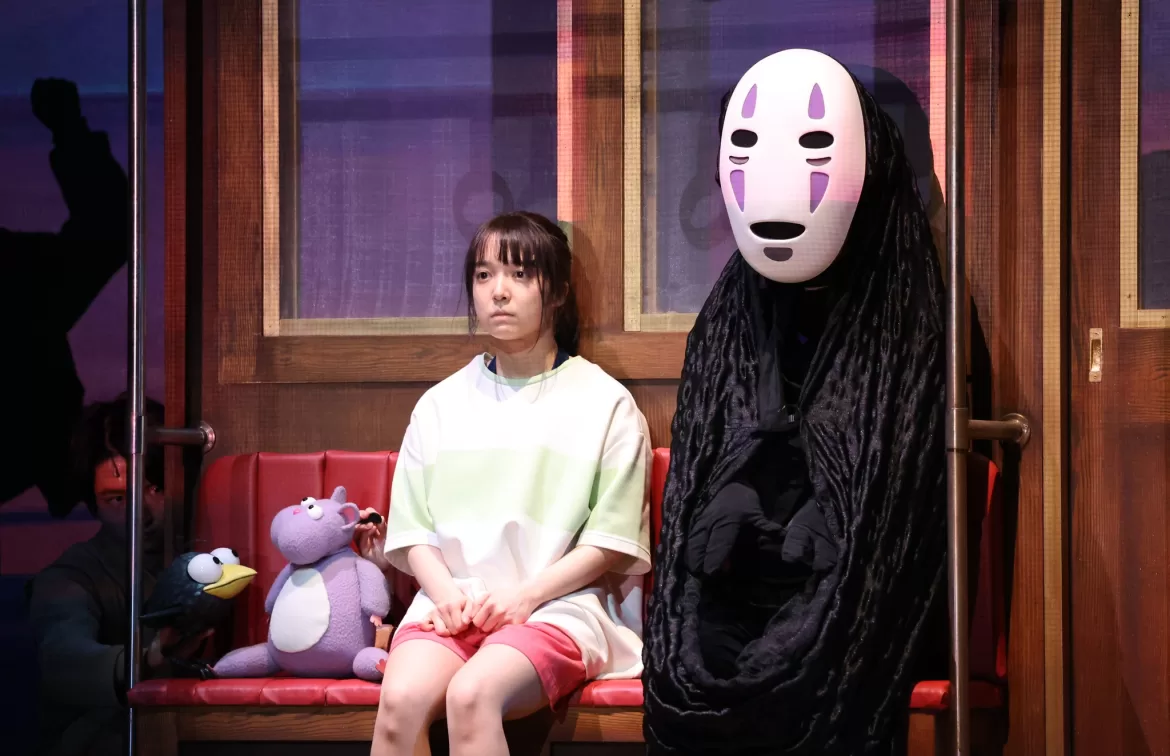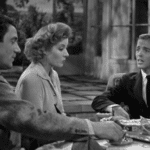Introduction to Studio Ghibli & ‘Spirited Away’
My introduction to Studio Ghibli, and in many ways anime itself, was with the Miyazaki classic Princess Mononoke. However, the first of now many Studio Ghibli screenings I was able to capture, on its first run no less, was Spirited Away in 2001. At the time, I was simply excited to see one of Miyazaki’s movies in the theater, who even at this early stage in my fandom, had become a favorite of mine. What I was not prepared for was the sheer scope and depth of this ostensibly modern Japanese fairy tale, which was written by Miyazaki himself (and not adapted like so many of his other films.)
For those unaware of Spirited Away, it follows the journey of 10-year-old girl, named Chihiro, who upon moving to the countryside finds herself along with her parents in a strange new world after entering through a mysterious tunnel. Her parents are turned into pigs, after dining on some food set out for other guests, and Chihiro would have become a pig too, were it not for the kindness of many chiefly among them a young boy her age named Haku, who implores her to get a job at this strange place she’s stumbled upon. He says its the only way she can survive Yubaba, the manager of the bathhouse, and her ire, and so Chihiro, nicknamed Sen, enters this strange world, and tries to find her place amongst the other worldly guests all while hoping to escape and save her family.
Even for a catalog as rich, and still ongoing, as Miyazaki and Studio Ghibli’s, Spirited Away could easily be considered the peak of Miyazaki’s ouvre and rightfully so. What’s unique for Spirited Away, amongst Miyazaki’s other titles, is in many ways its perhaps one of the most Japanese centered stories he has told, as many of his films are in fact either entirely otherworldly or adapted from authors, often British ones. Spirited Away though leans into the world of the Japanese bathhouse, lore surrounding gods, and yokai. What’s not unique for Miyazaki, but unique even still for the west, is his ability to craft a world surrounding a young girl that doesn’t make her a damsel in distress, showcases the incredible inner and outer lives of Chihiro, as he does all of his female protagonists, and makes ostensibly a ‘cartoon’ that is for children and adults alike. Truthfully if Western creators have improved, and they have, over the last decades with these very issues, its largely thanks to the inspiration and path set forward by Miyazaki and his fellow Ghibli cohorts.
This is all to say I was not at all surprised when I saw the announcement of Spirited Away’s stage adaptation, because though I knew it’d be a challenge, to capture all that magic on the stage, it was the story I would think would be most worthy of an adaptation. Not because there was any magic missing from the original, but because it’s a story so worthy of being told to even more audiences, and one I knew would lead to incredible creativity in the production alone. When it was also announced by GKids that the Spirited Away stage adaptation would get a theatrical release in America, I knew I had to run not walk to the screening and so I did!
Spirited Away Comes to Life on Stage

As I sat down in the theater, I was unsure of how the adaptation would handle the film’s incredible otherworldliness, and at first as the parents ride with Chihiro, with a bare set except for a projected image of the road ahead, I thought perhaps it’d be a rather minimalist approach with the graphics provided on the screen. Very quickly though as they entered the world of the bath house, I saw this was in fact to be an incredible spectacle, stage pieces of size rotated to reveal new rooms and worlds with every turn, and how with the use of ladders and heights, our protagonist could scale the set up and down as needed. Already I was hooked on the marvel of the engineering and impressive choreography, of the stage pieces and the actors, who had to work around this transformative set.
I was also unclear of how the actors would match the characters, especially the zanier ones like No Face, Yubaba, and the many Yokai; however, that was one of the greatest delights to see as some matched precisely, the Raddish Spirit in particular, while others like Haku were creatively portrayed in his many forms, excellently by the actor Hiroki Miura as the boy in my screening, and by a team of folks when he was a full-life dragon, and a smaller team of one or two when he was portrayed as being a small dragon far away. Of course Chihiro, performed in Mone Kamishiraishi, had the most time on stage, and she excelled in every scene and really truly brought this incredible character to life. Another iconic character from the film No Face in particular was incredible, both with its simplicity at first, as the actor unseen till the stage curtain really brought this enigmatic character to life when small, became large and imposing with creative crafting and costume changes as No Face began to ‘chew’ the scenery in his most impactful scenes.
Now suspension of disbelieve was certainly required for some characters, such as the soot sprites who were hung by stage hands, who were lit darkly so as to not remove the mystery. Other performers though, like Aogaeru who is a frog in the original film, showed up as a puppet very clearly played and voiced by an actor directly behind and still lit. For me personally I was all the more captivated, as I could see truly how hard this actor worked in the role; however, if you are wanting pure magic this may be a bit too much of a peek behind the curtain.
Other elements that were new, and there were not many changes truthfully, that I liked, were some smaller moments like fun gestures by Kamaji, a multi-armed character who used them to create heart hands a couple times. Likewise moments that were already funny in the film, such as the 3-headed spirit Kashira’s every movement, were played for even more laughs as the actor, donning only underwear ostensibly, truly got into the role.
While only a little was added I’d also say ostensibly nothing was lost. There were many scenes later on in the story where even after seeing what they accomplished early on in the adaptation, I became curious to see if they’d be cut or shortened for time. However, the stage adaptation was incredibly faithful in many ways. This lead to a run time of 2 hours and 50 minutes, about 30-40 minutes longer than the film, but for me this did not feel long as well, and I’m sure especially if I were to see the performance live would’ve felt quite natural as the intermission was included for that audience, but not for ours.
What perhaps I loved the most from this adaptation, and this was in no way new either from the film but really gained new life on the stage, was the incredible music by Joe Hisaishi. Though music has always been an indelible component of Ghibli films, and a reason why so many of my friends collect the albums, there felt like there was added room for the music to really live in these scenes. Likewise I thought perhaps this was all performed via audio recordings; however, I was blown away when it was revealed in the curtain call that there was an on-stage orchestra that played every piece!
Conclusion

Though there will never be an adaptation that could, or perhaps should, eclipse the original film, this stage adaptation did the film justice and then some. Seeing it in a theatre made it all the more wonderful as well, as it was a true communal experience where we laughed together, cheered together, and at the end applauded for all the magic we had witnessed. Though I caught the penultimate screening of this particular run, if this comes to a theater near you, or the theater once more after, I highly recommend you seek it out, and as a stage adaptation of Miyazaki’s ‘My Neighbour Totoro’ is returning to London, I sincerely hope we also get a chance to see it on the screen, to see more Miyazaki magic come to life on the stage and screen.









